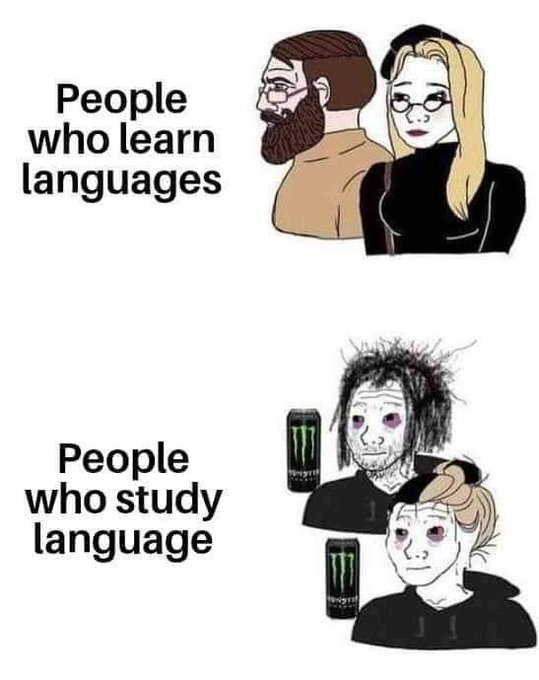Everyone's learning Mandarin lol. I've been on and off for a few years but should get back into it, 亡羊补牢!
I've tried to learn the Arabic alphabet a few times but I just can't keep track of the dots. Are there other ways to group the letters that help learning?


